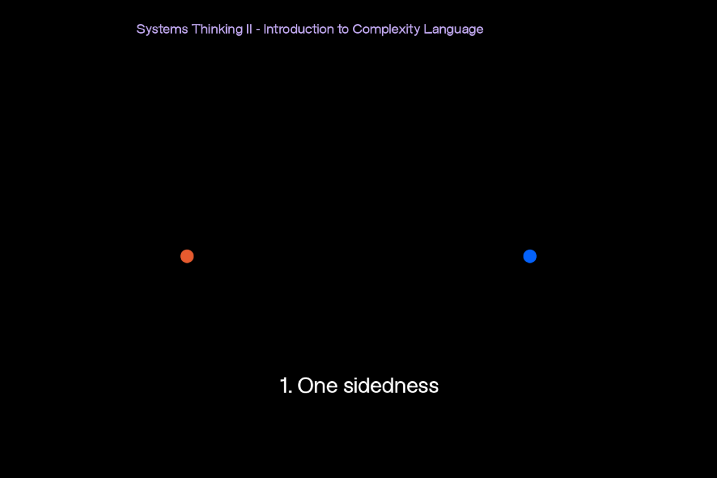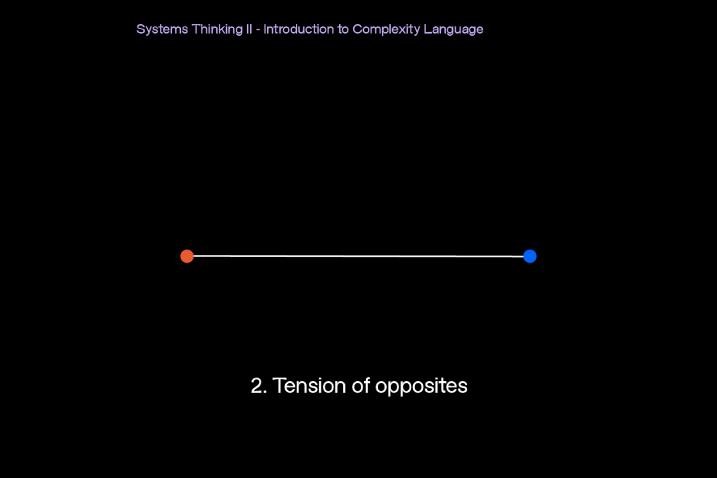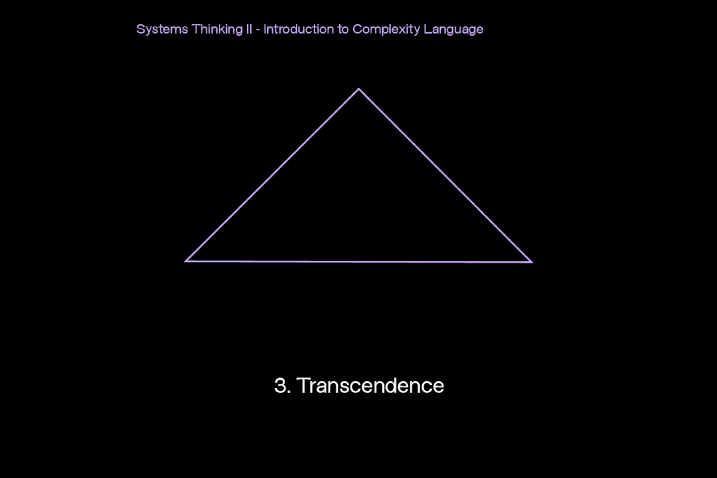Introduction
A language has a powerful impact on the way we perceive and act upon reality. It equips us not only with different words, but also with new ways to relate to the phenomena around and within us.
This module provides you with a precise visual language to map cause-effect relationships and form a big picture view of interdependencies, contextual and temporal factors in complex problematic situations. By complex problematic situations, we mean situations in which cause and effects are intertwined the implications of decisions are uncertain, and policy interventions are distorted and delayed.
Learning this visual language helps you describe, examine, and structure such complex situations in a new way, identify potential unintended consequences of your decisions, develop awareness of the sources of policy resistance, and ultimately enables you to make informed choices.







Share your thoughts
0 RepliesPlease login to comment